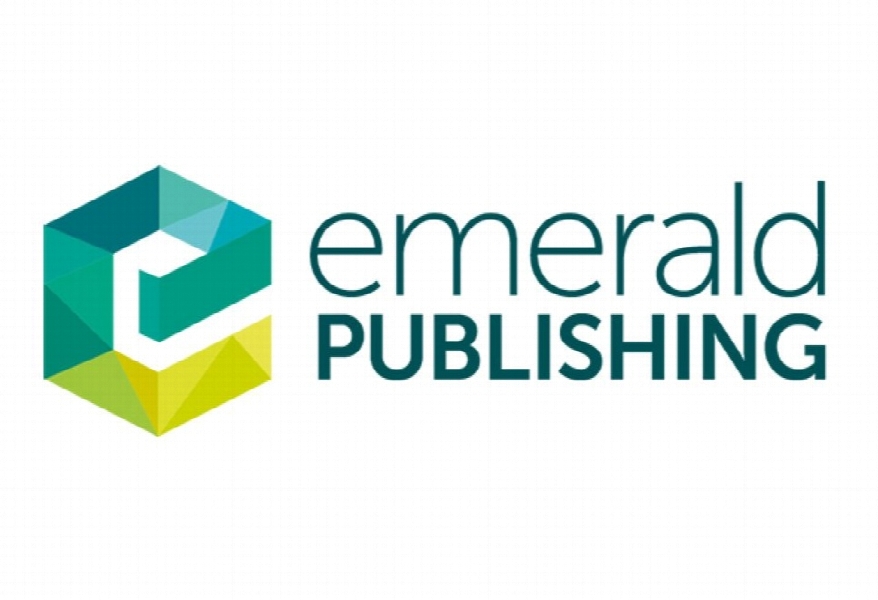تأثیر رابطه رهبر-پیرو و شرایط برای نوآوری در رفتار نوآورانه در بخش دولتی کره The impact of proactivity, leader-member exchange, and climate for innovation on innovative behavior in the Korean government sector
- نوع فایل : کتاب
- زبان : انگلیسی
- ناشر : Emerald
- چاپ و سال / کشور: 2018
توضیحات
رشته های مرتبط مدیریت
گرایش های مرتبط مدیریت کسب و کار، نوآوری تکنولوژی
مجله توسعه رهبری و سازمان – Leadership & Organization Development Journal
دانشگاه School of Business Administration – Inje University – South Korea
منتشر شده در نشریه امرالد
کلمات کلیدی انگلیسی LMX, Proactivity, Innovative behaviour, Climate for innovation, Government sector
گرایش های مرتبط مدیریت کسب و کار، نوآوری تکنولوژی
مجله توسعه رهبری و سازمان – Leadership & Organization Development Journal
دانشگاه School of Business Administration – Inje University – South Korea
منتشر شده در نشریه امرالد
کلمات کلیدی انگلیسی LMX, Proactivity, Innovative behaviour, Climate for innovation, Government sector
Description
Introduction In the current business environment, no organization is assured of survival without continuous innovation. Innovation has been identified as an imperative for prosperity, particularly in the rapidly changing and uncertain world of business. Repeating past successes is insufficient for maintaining sustainable competitiveness. To provide products and services that exceed customers’ expectations and needs, employees must devote themselves to innovation by generating new ideas and experimenting without the fear of failure (De Jong and Den Hartog, 2007; Yesil and Sozbilir, 2013; Zhang et al., 2012). Organizations in the public sector like federal or state governments are not exempt from the current climate where innovation is critical for survival, but until quite recently, the public sector has not faced much pressure to innovate. Since the public sector has been a monopolistic provider of goods and services, people in the public sector have traditionally had little incentive to innovate (Kamarck, 2004; Parker and Bradley, 2000). However, in the past decade, governments around the world have been confronted with a strong demand for innovation and been heavily pressured to work more efficiently and effectively like the private sector organizations. Facing these new demands, governments have attempted to find ways to be more innovative such as hiring civilians, renovating operation systems, or selling government property programs (Newman et al., 2001). Innovation has also become a hot topic in higher education. Since it is evident that traditional education methods are far less effective in developing talented employees who contribute to modern society characterized by rapid change and uncertainty, colleges and universities need to transform the methods and content of their education programs (Lundvall, 2008). For innovation in higher education institutions, Al-Husseini and Elbeltagi (2016) urged educators to train a new type of leadership that encourages people to promote their organizations and to exceed performance expectations. Despite the increasing demand for innovation in the public sector organizations, some of the distinctive characteristics of government sector organizations may inhibit employees from experimenting with innovative ideas. These characteristics include the hierarchical structure, reliance on strict rules and procedures, avoiding risk, and formalization of work and decision making (Parker and Bradley, 2000). Government sector organizations are known to have a hierarchical structure which can lead to a perceived inertia of governments that fail to adopt new trends and techniques in changing environments (Cameron and Quinn, 2006). In addition, since these organizations are often risk averse, they tend to follow past practices rather than experiment with new ideas (Verhoest et al., 2007). Another characteristic of the public sector is a higher level of rigid formalization that relies heavily on rules, procedures, and regulations, which might prevent workers from exercising discretion to change the way they perform their duties (Fernandez and Moldogaziev, 2012; Parker and Bradley, 2000). Thus, researchers need to pay special attention to the government sector when studying innovation in organizations.


